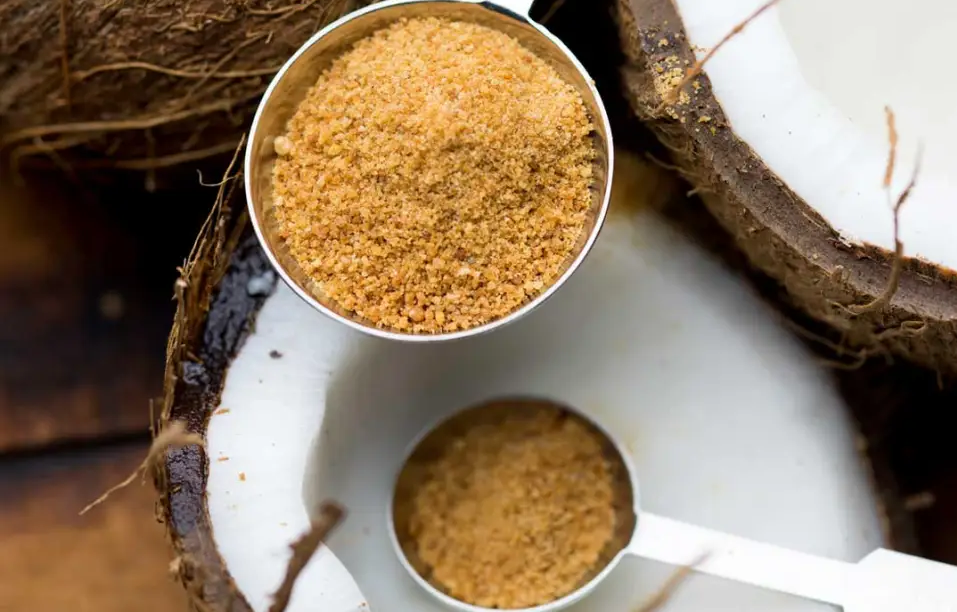Soaking nuts is a common practice that involves immersing nuts in water for a period of time before consuming or using them in recipes. This process is believed to offer several potential benefits, although it’s essential to note that scientific research on the topic is limited. Here’s a complete guide to the potential benefits of soaking nuts:
- Improved Digestibility:
- Soaking nuts can help break down phytic acid, a naturally occurring compound found in nuts, seeds, and grains. Phytic acid can interfere with the absorption of minerals like calcium, magnesium, and zinc. Soaking nuts may reduce the phytic acid content, making the minerals more bioavailable and easier for the body to absorb.
- Enhanced Nutrient Absorption:
- Reduced Anti-Nutrients:
- Some nuts, like almonds, contain tannins and enzyme inhibitors, which can hinder digestion and absorption. Soaking can help reduce these anti-nutrients, making the nuts easier to digest.
- Enhanced Flavor and Texture:
- Soaking nuts can soften their texture, making them easier to chew and digest. Many people find that soaked nuts have a milder, less bitter taste compared to raw nuts.
- Reduced Bitterness:
- Soaking can reduce the bitter taste that some nuts, such as almonds, may have due to tannins. This can make the nuts more palatable.
- Potential Allergy Reduction:
- Soaking nuts may help reduce the risk of allergic reactions for some individuals. Soaking can remove surface proteins that may trigger allergies in susceptible individuals.
- Easier Blending:
- Soaked nuts are often used in recipes for items like nut milk and nut-based spreads (e.g., almond butter). Soaked nuts tend to blend more smoothly and create a creamier texture in these recipes.
Here’s a general guideline on how to soak nuts:
- Select: Choose raw, unsalted nuts for soaking. Commonly soaked nuts include almonds, cashews, walnuts, and pecans.
- Rinse: Rinse the nuts thoroughly under cold running water to remove any dirt or debris.
- Soak: Place the nuts in a bowl and cover them with filtered water. Add a pinch of salt (optional) to aid in the activation of enzymes that break down phytic acid. Allow the nuts to soak for a specific time, which can vary by nut type (e.g., almonds typically soak for 8-12 hours).
- Drain and Rinse: Drain the soaking water and rinse the nuts under cold water. This step removes any remaining phytic acid and enzyme inhibitors.
- Use or Store: Use the soaked nuts immediately in recipes or store them in an airtight container in the refrigerator. They can typically be used within a few days.
While soaking nuts may offer potential benefits, it’s important to note that soaking doesn’t eliminate all anti-nutrients, and the extent of nutrient improvement can vary. Additionally, soaking may alter the texture and flavor of nuts, which could be a preference-based consideration.









One thought on “The Benefits of Soaking Nuts: A Complete Guide”